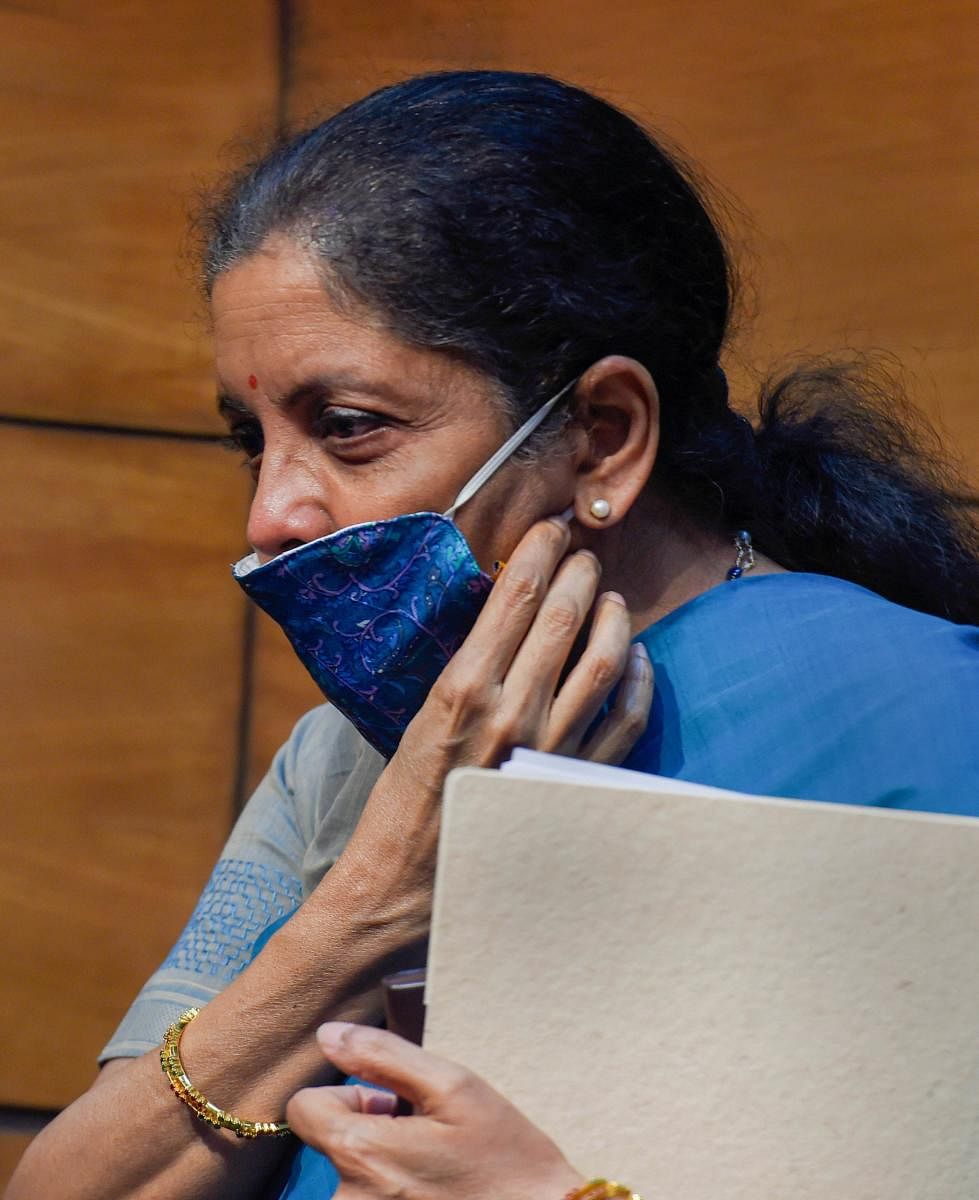
Under the auspices of ‘Atmanirbhar Bharat’, Finance Minister Nirmala Sitharaman announced a ‘stimulus’ package of Rs 3 lakh crore in collateral-free loans and an additional Rs 20,000 crore subordinate debt for Micro, Small and Medium Enterprises (MSMEs) in the country. In addition to this, the definitions for the qualifying criteria of MSMEs have been tweaked.
The initiative aims to “essentially spur growth and build a very self-reliant India,” as per the finance minister. However, what’s been offered under the initiative does not seem to reflect the intention with which it was conceived. Two main issues reflect this dissonance between thought and action.
Firstly, by the finance minister’s own admission, the collateral-free loans are supposed to help 4.5 million enterprises and the subordinate debt is supposed to help another 200,000 units. All in all, the move is said to benefit 4.7 million enterprises. That number represents only 7.5% of the total number of MSMEs in the country. Even assuming that the initiatives are targeted mainly toward the Small and Medium Enterprises (SME) section, they still constitute a mere 0.5% of the larger MSME universe. As far as employment is concerned, SMEs are estimated to provide 40% of the total MSME jobs. Despite good intentions, therefore, these initiatives will still fail to aid the majority of the MSMEs in the country.
Secondly, and most importantly, it is not a crisis of liquidity that is plaguing the economic environment. Even if it were, the RBI’s significant repo and reverse repo rate cuts is enough to patch that wound. The current crisis, for which the sudden and long COVID-19 lockdown is the immediate reason, is an extension of the inheritance of “record levels of low demand” from the pre-COVID-19 months. As stated by the RBI and the State Bank of India on numerous occasions regarding the decline in lending, it is not that the banks have a funds crunch. Rather, they are wary of loan repayment defaults. This wariness is simply due to the prevailing state of low demand in the economy which threatens the health of all businesses. The banks’ hesitation to lend is warranted. The banks are simply ‘too big to fail’ in our economy. This wariness resulted in the demonisation of the SBI and its chairperson by the finance minister.
The current scenario looks eerily similar to the weeks and months following the November 8, 2016 demonetisation, except for the liquidity factor. Prior to demonetisation, the economy enjoyed a comfortable level of demand and, to go by government figures, an enviable rate of real GDP growth. However, demonetisation caused a sudden contraction in demand that in turn led to a contraction in various economic activities. This contraction was most severe in the case of MSMEs (see RBI’s ‘Macroeconomic Impact of Demonetisation, 2017; Annual Report, 2018).
Following demonetisation, employers could not pay their employees, nor could they maintain production due to rising inventories. Although the situation improved later, demand never returned to the pre-November 2016 levels. It is this disastrous effect of demonetisation that Modi 2.0 inherited from Modi 1.0, and which continues to haunt the economy even today. Now, just as then, the MSMEs and their workforces – the migrant workers – are bearing the worst brunt of low demand in the economy.
Migrants and MSMEs
The mishandling of the migrant communities, who work mainly as daily wage labourers in various pockets of the country, has led to a streak of tragic deaths and disappearances of labourers as they trail towards their hometowns.
“COVID-19 is here to stay,” said the World Health Organization exactly on the day the finance minister belatedly addressed the plight of the migrant labourer community. A large chunk of the migrant workers are returning to the North and East of the country, to the states of Uttar Pradesh, Bihar and West Bengal. These three states account for 33% of the total number of MSMEs in India, according to the 73rd round of NSSO 2015-16 report.
If we stop talking in euphemisms for a moment, we can say that the first ‘M’ in MSME exists because of the failure of successive governments in providing formal sector jobs to those who are now involved in the ‘Micro’ enterprises. It is a poor alternative for proper employment, but it is employment, nonetheless. Micro enterprises constitute more than 99% of the total MSMEs. The migrants who made it to their hometowns alive can only hope to be absorbed into the Micro enterprises category as the Small and Medium enterprises have already fired, and still continue to fire, their employees. In this situation, the reforms and support toward MSMEs should have gravitated more towards Micro enterprises than the SMEs. The recent developments are akin to the classic situation of puncturing the lifeboat after having sunk the ship.
Way forward
The loans will only delay the inevitable -- economic contraction. Instead, what might give better relief to the MSMEs might be interest waiver for, say, four months since the lockdown was imposed. But to really prevent the inevitable, the government would be well advised to do all in its power to increase demand, even if it means transferring cash directly to the poor. Kickstarting stalled infrastructure projects and initiating new ones will also aid migrant labourers. In fact, that will prop up demand and infrastructure in one shot. The government need not bother itself with criticisms about crowding out private investment since there is nearly no private investment to begin with anyway.
(The writer is Adjunct Professor, Department of Commerce, Economics and Management, PES University, Bengaluru)